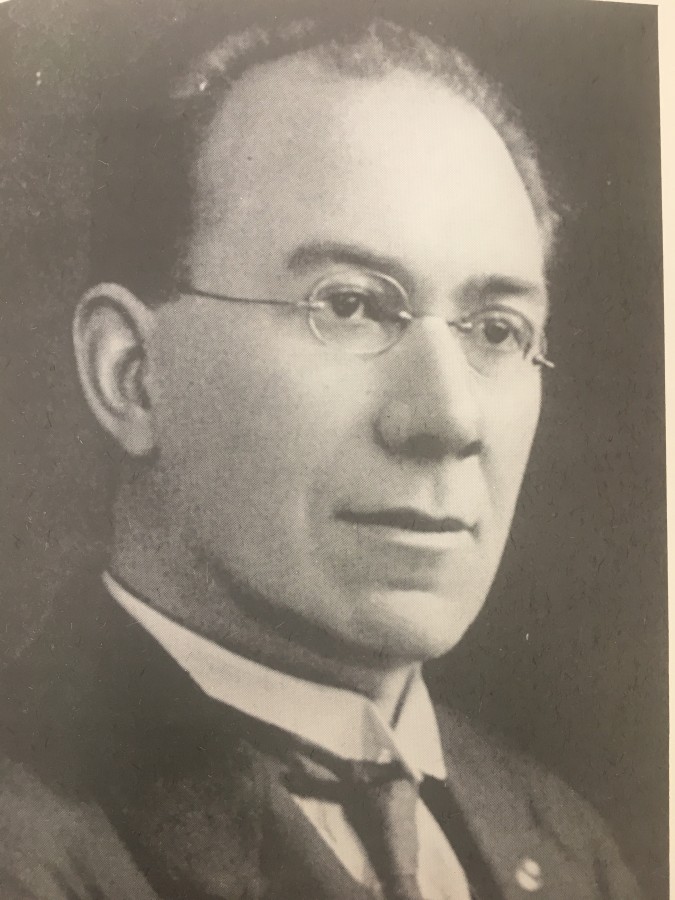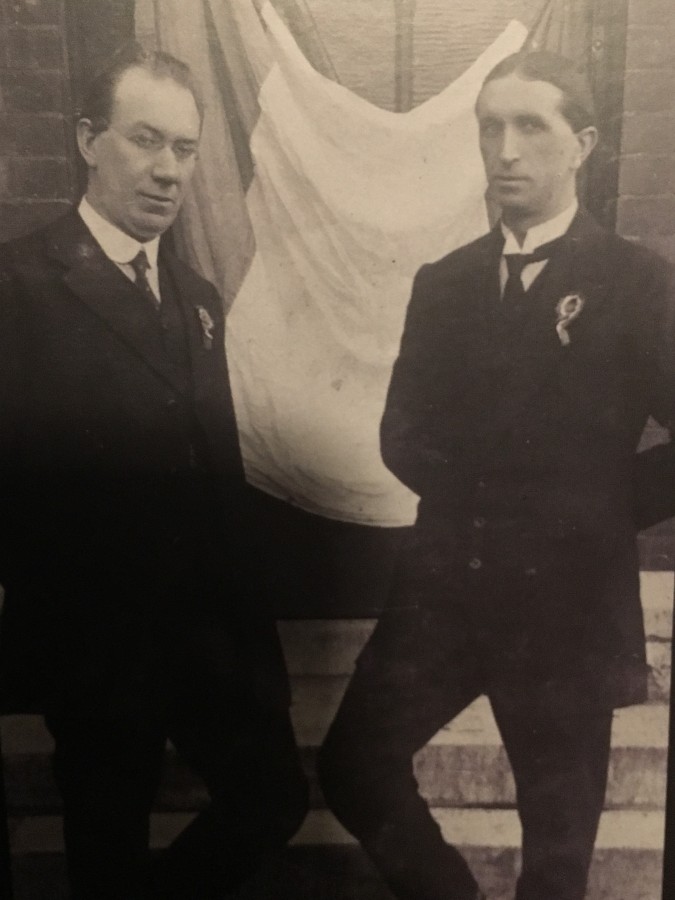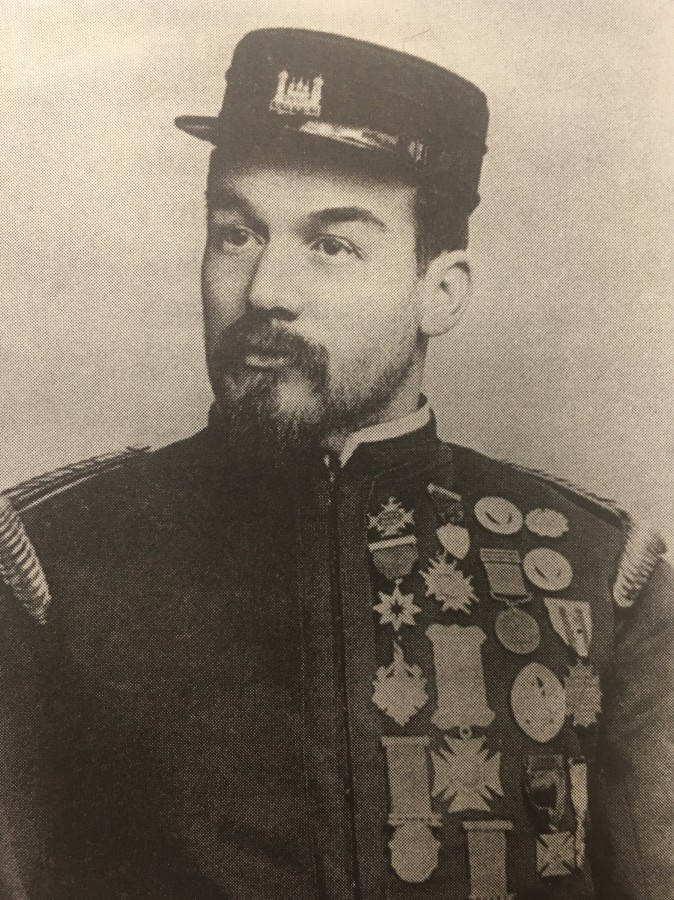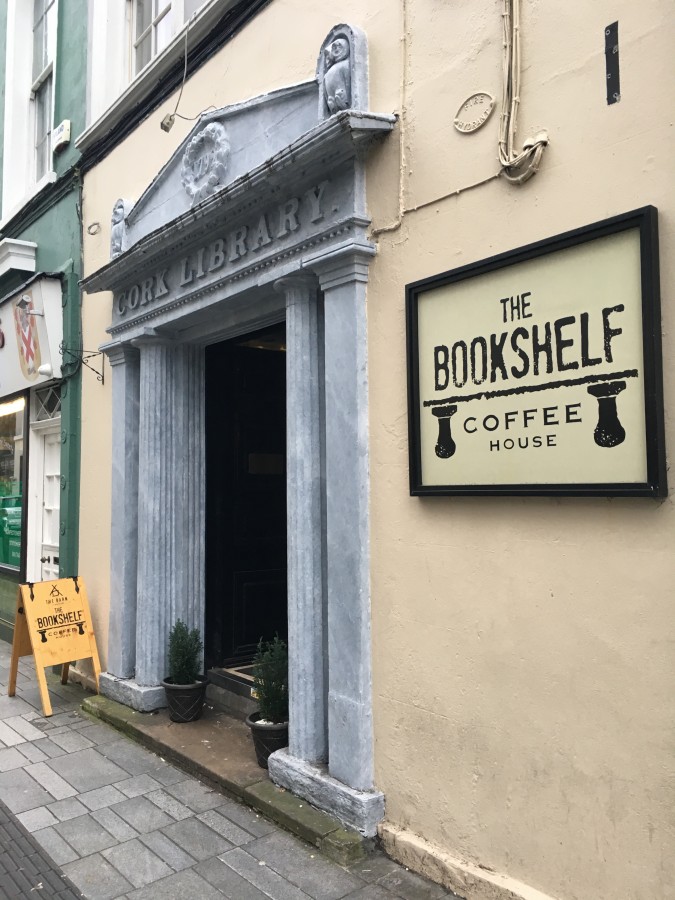Cork City Council Press Release
SEVERE WEATHER UPDATE
February 28th, 2018 – 5.38PM
In acknowledgment of deteriorating weather conditions and in view of public warnings issued nationally today, Cork City Council wishes to advise the public that only essential Council services will be provided on Thursday 1st March and Friday 2nd March (subject to review).
Cork City Council carparking services will not be available as follows:
· Paul Street Car park
· North Main Street Car park
· Black Ash Park and Ride
Weather conditions will be kept under review and some carparking services may become available as weather improves on Friday. The Council will keep the public informed as normal parking services resume.
The following City Council offices, facilities and services will not be available on Thursday and Friday:
· City Hall and New Civic Offices
· All public parks
· Public swimming pools
· Cork Archives
· Libraries
· Public Museum
· Elizabeth Fort
· St Peters Cork
· Lifetime Lab
· Civic Amenity Kinsale Road
Should you require assistance in the event of an emergency, please note the following numbers:
Roads or Flooding issues 1800 28 30 34
Housing Maintenance 021-4298710 (from 9am, Thursday 1 March)
Roads or Flooding issues 1800 28 30 34
Housing Maintenance 021-4298710 (from 9am, Thursday 1 March)
Irish Water 1850278278
City Council continues to advise the public to make appropriate preparations for the severe weather forecast for the next number of days. The Council is asking members of the public to be to be mindful of the elderly and vulnerable within their community as the severe weather continues.
The Council’s Severe Weather Assessment Team will continue to keep matters under review as the severe weather continues and further updates will issue as required.





